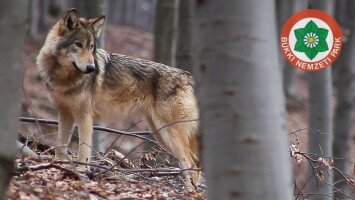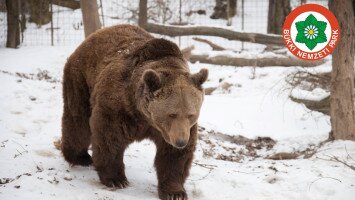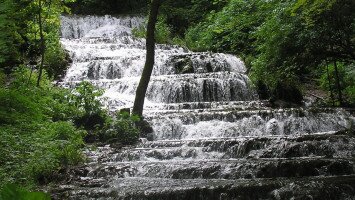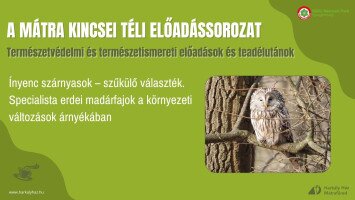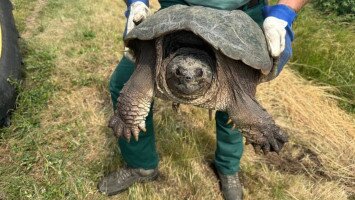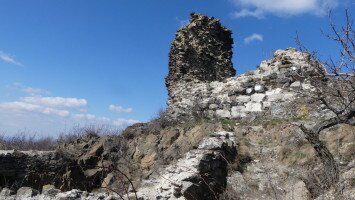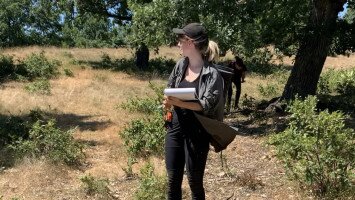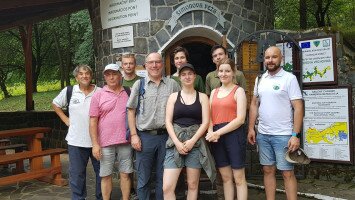
2023/1 5. Butterfly studies
Am heutigen Tage durfte ich zwei Ranger und einen aus Deutschland angereisten Forscher (juhuu) in ein Waldstück nahe Kerecsend begleiten. Der Forscher wollte die gefährdete Schmetterlingsart Maivogel (Euphydryas maturna) (Wikipedia-Link für die Interessierten: https://de.wikipedia.org/wiki/Maivogel ;) ) untersuchen, bzw. besser gesagt deren Raupen und Lebensraum.
Der Maivogel kommt natürlicherweise in Ost- und Mitteleuropa vor, jedoch nur sehr lokal und die Populationen liegen weit verstreut. Leider ist er, wie so viele Arten, stark vom Aussterben bedroht (unter anderem aufgrund von Lebensraumverlust durch Forstwirtschaft und dem Einsatz von Insektiziden). In Deutschland gibt es beispielsweise nur noch vier verschiedene Populationen. In Ungarn gibt es noch eine etwas weitere Verbreitung (bei der letzten Zählung wurden etwa zwanzig Individuen festgestellt), unter anderem auf dem Gebiet des Bükk Nationalpark Direktorats in der Nähe der Kleinstadt Kerecsend. Aus diesem Grund ist der Forscher extra aus Deutschland angereist, um sich hier ein Bild der Lebensräume zu machen.
Wir machten uns also auf die Suche nach den Raupen des Maivogels, welche für gewöhnlich an Eschen und Ligustern zu finden sind. Leider hat das Wetter mal wieder nicht mitgespielt (warum schneit es im April L ??) und die Raupen haben sich alle verkrochen, sodass nicht einmal der speziell darauf trainierte Artenspürhund die Raupen finden konnte.
Alles in allem war es jedoch ein interessanter (wenn auch seeehr kalter) Nachmittag, bei dem ich wieder etwas Neues gelernt habe.
Zum Abschluss haben wir uns noch bei einem Kaffee aufgewärmt und dann war es Zeit für den Feierabend!
Today I had the chance to accompany two rangers and a researcher from Germany (yaay) to a forest area near Kerecsend. The researcher wanted to study the endangered butterfly species Scarce fritillary (Euphydryas maturna) (Wikipedia link for the ones interested: https://en.wikipedia.org/wiki/Scarce_fritillary ;) ), or rather its caterpillars and habitat.
The Scarce fritillary occurs naturally in Eastern and Central Europe but only very locally, and the populations are widely scattered. Unfortunately, like so many species, it is critically endangered (partly due to habitat loss through forestry and due to the use of insecticides). In Germany, for example, there are only four different populations left. Hungary has a somewhat broader distribution, including in the Bükk National Park Directorate area near the small town of Kerecsend (about twenty individuals were detected in the last survey). For this reason, the researcher travelled all the way from Germany to get a picture of the habitats here.
So we searched for the caterpillars of the Scarce fritillary, which are usually found on ash trees and privets. Unfortunately, the weather did not cooperate again (why is it snowing in April ??), and the caterpillars were all hiding, so not even the specially trained species detection dog could find them.
All in all, however, it was an interesting (albeit freezing) afternoon during which I learned something new.
Finally, we warmed up with a coffee, and then it was time to call it a day!
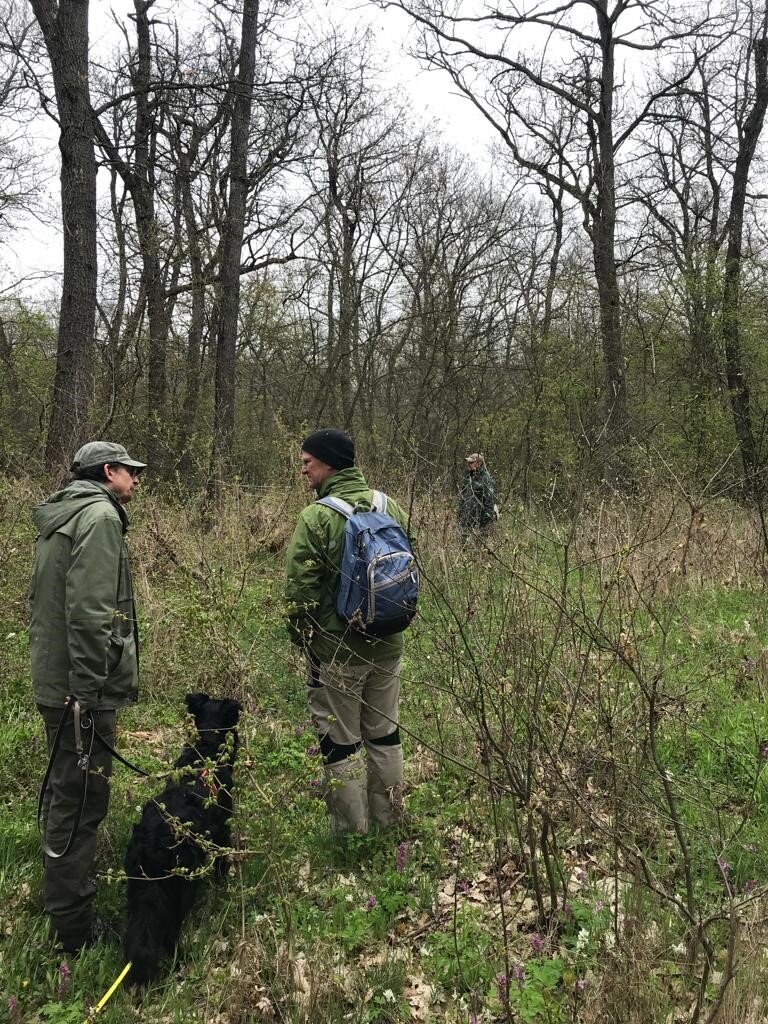
Der Maivogel bevorzugt lichte Wälder.
The Scarce fritillary prefers sparse forests.
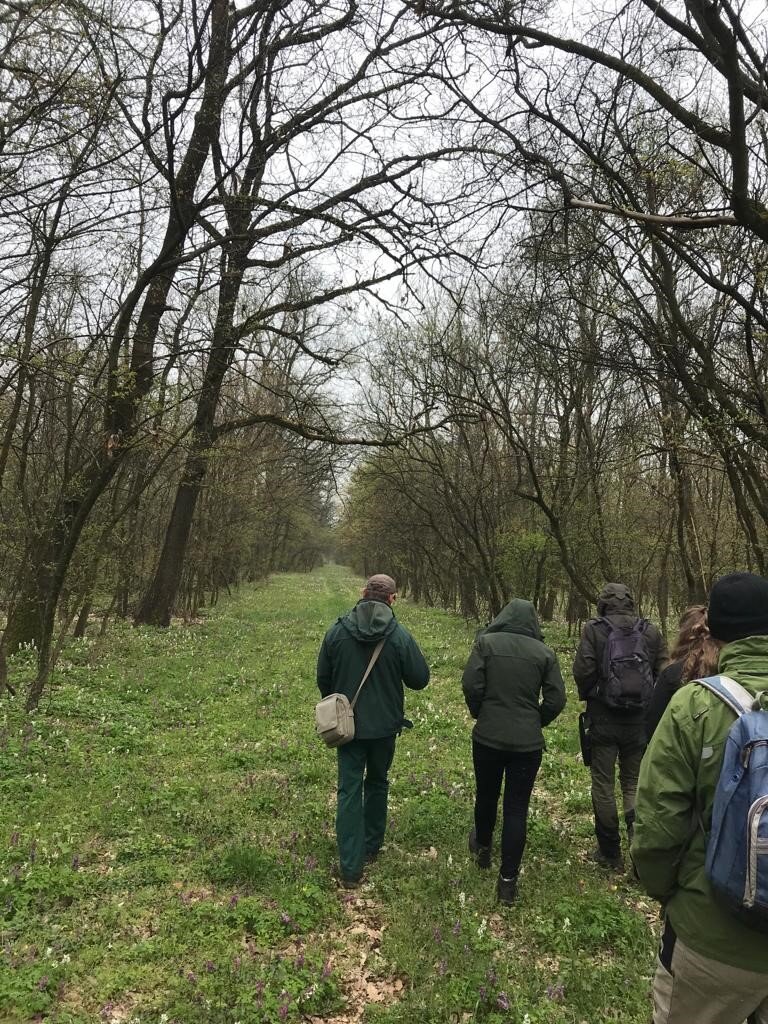
Maivogel-Raupe, welche zum Training für den Artenspürhund verwendet wird.
Scarce fritillary caterpillar, which is used for training for the species detection dog.
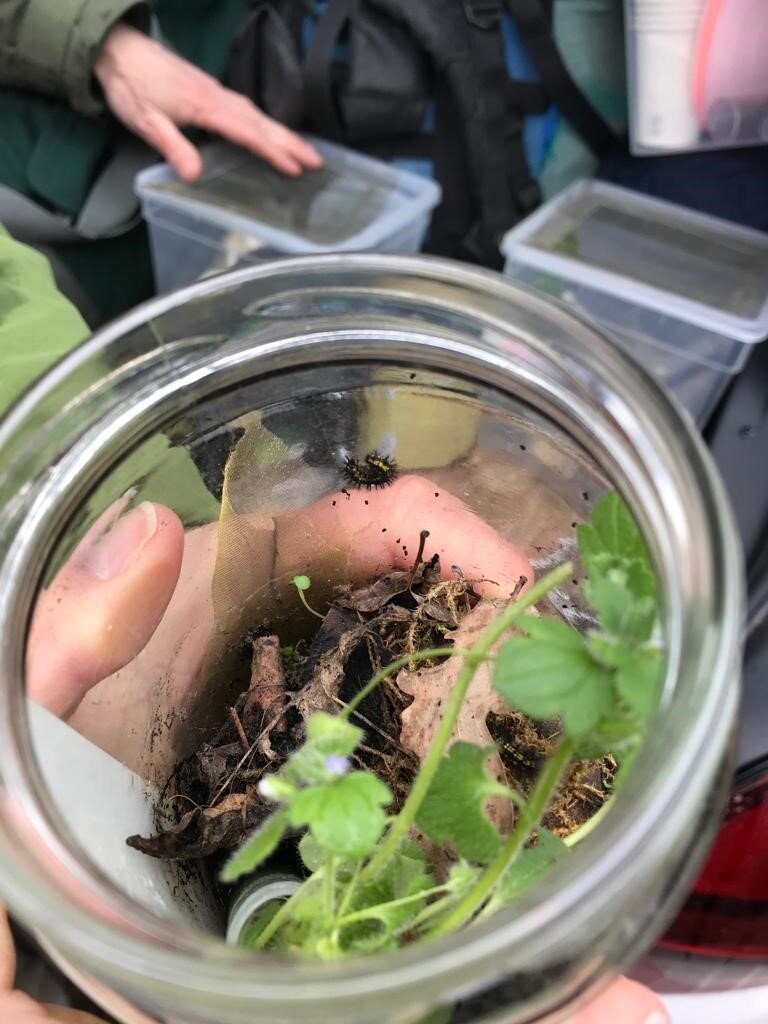
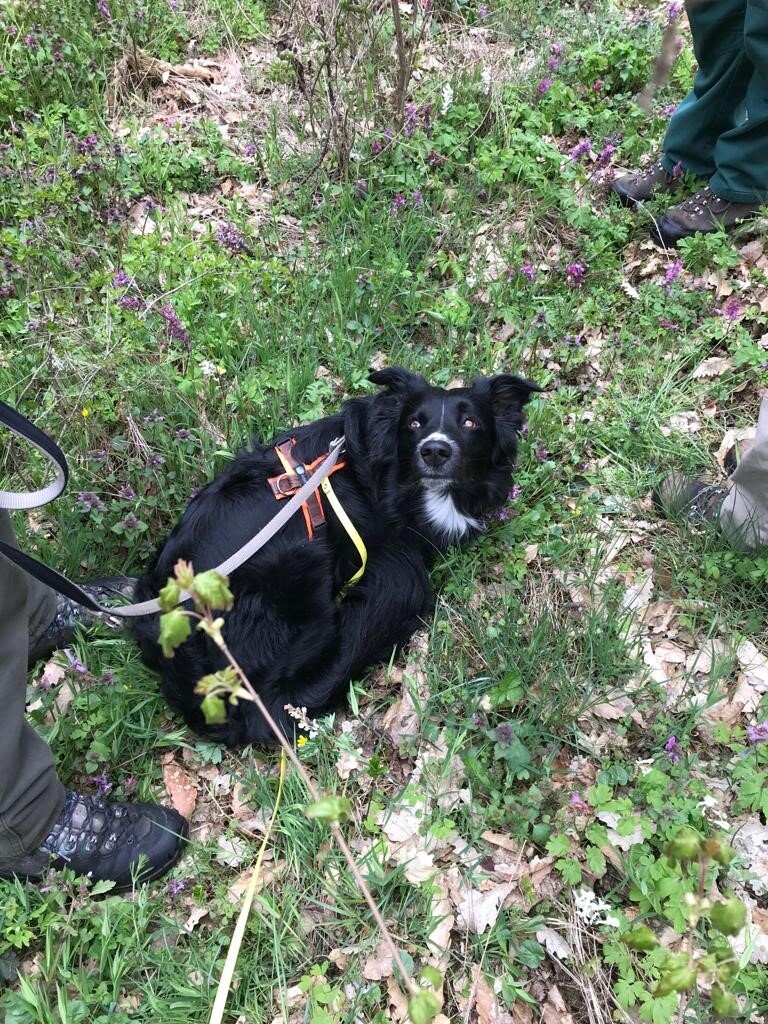
Der Artenspürhund
The species detection dog
